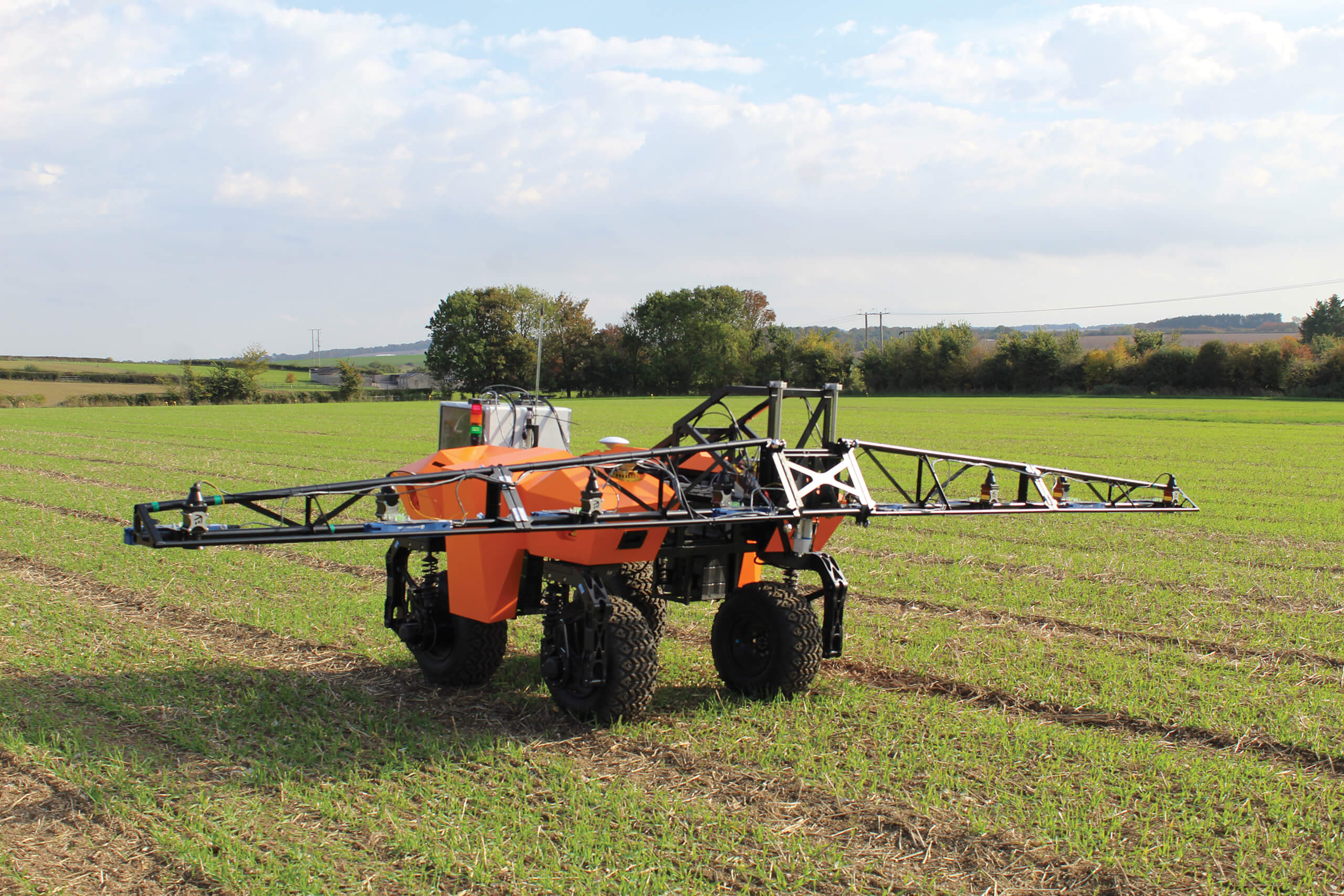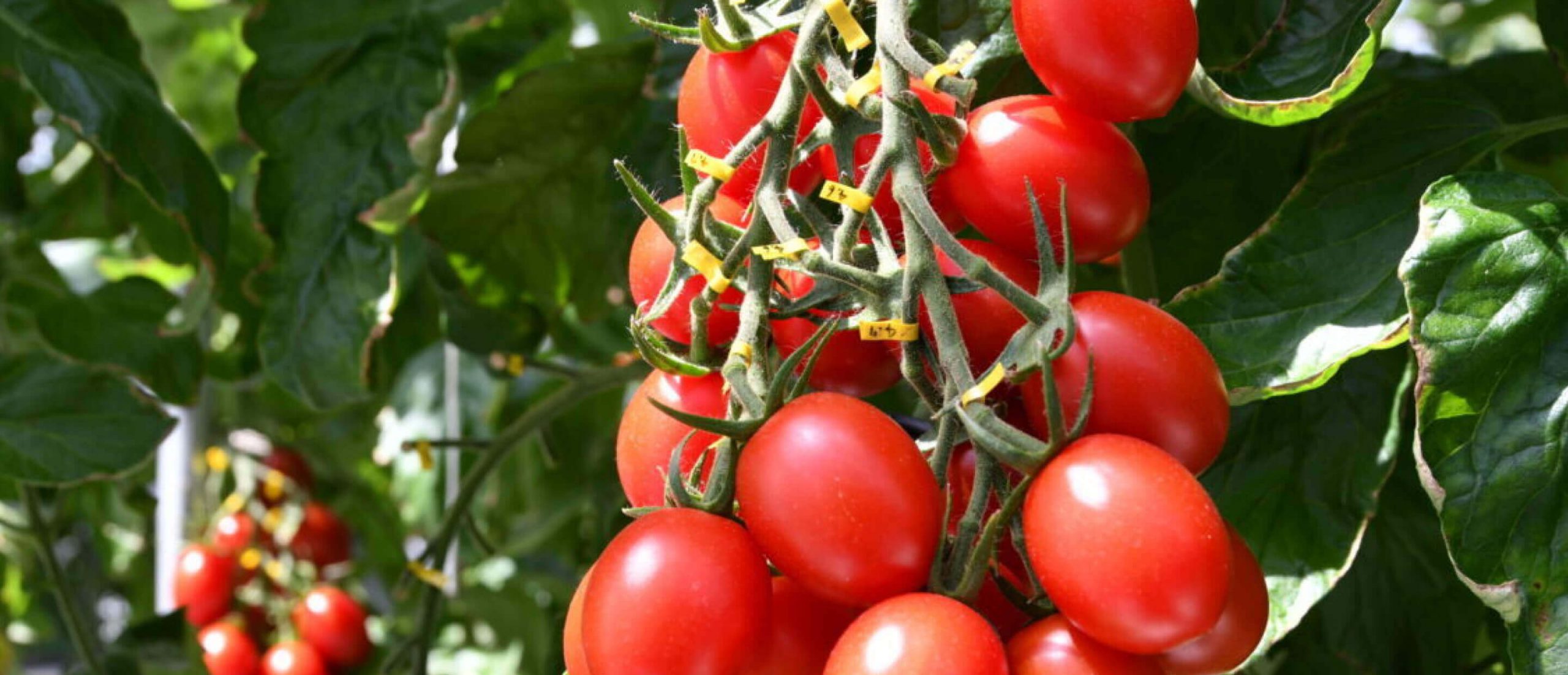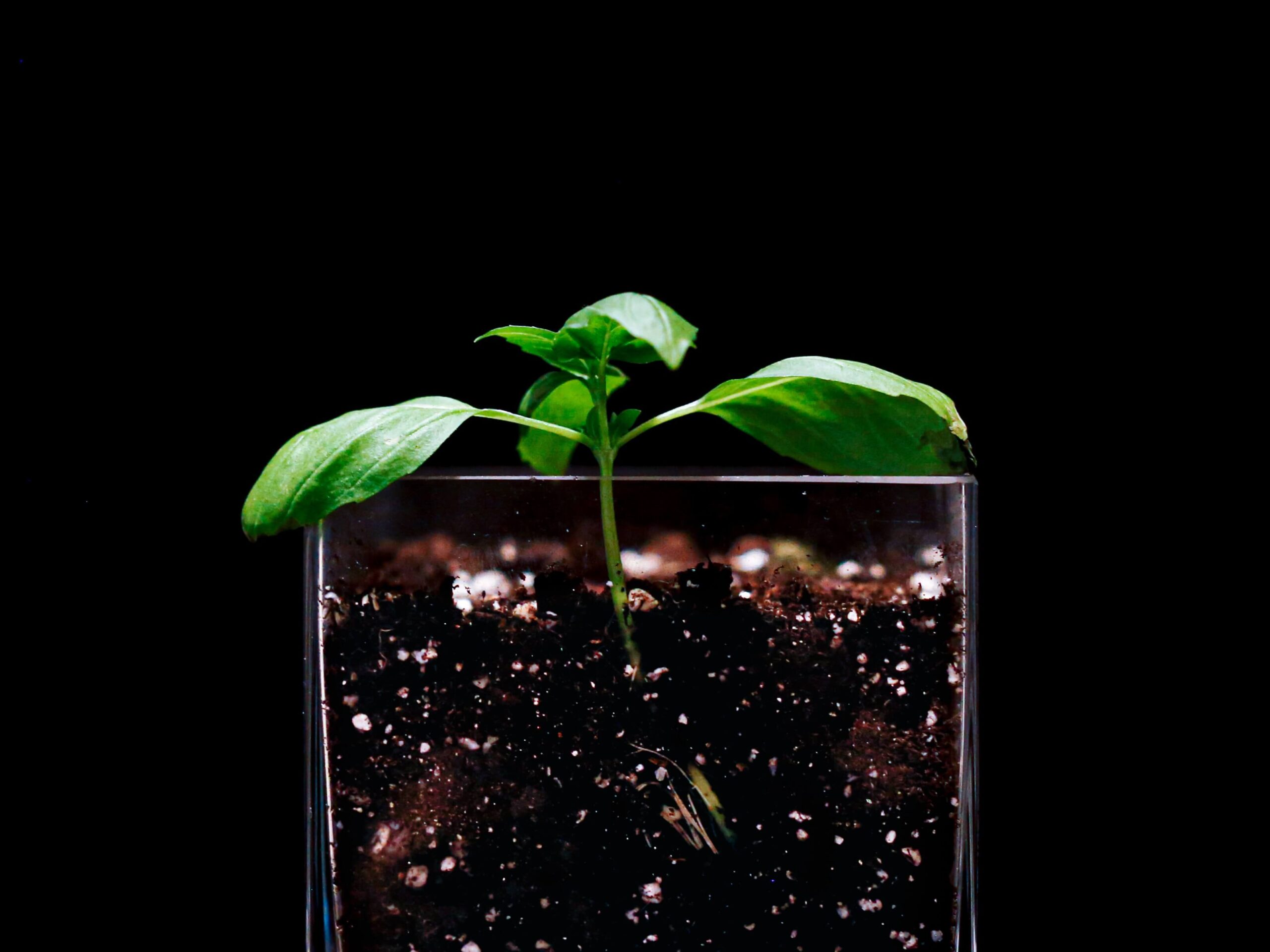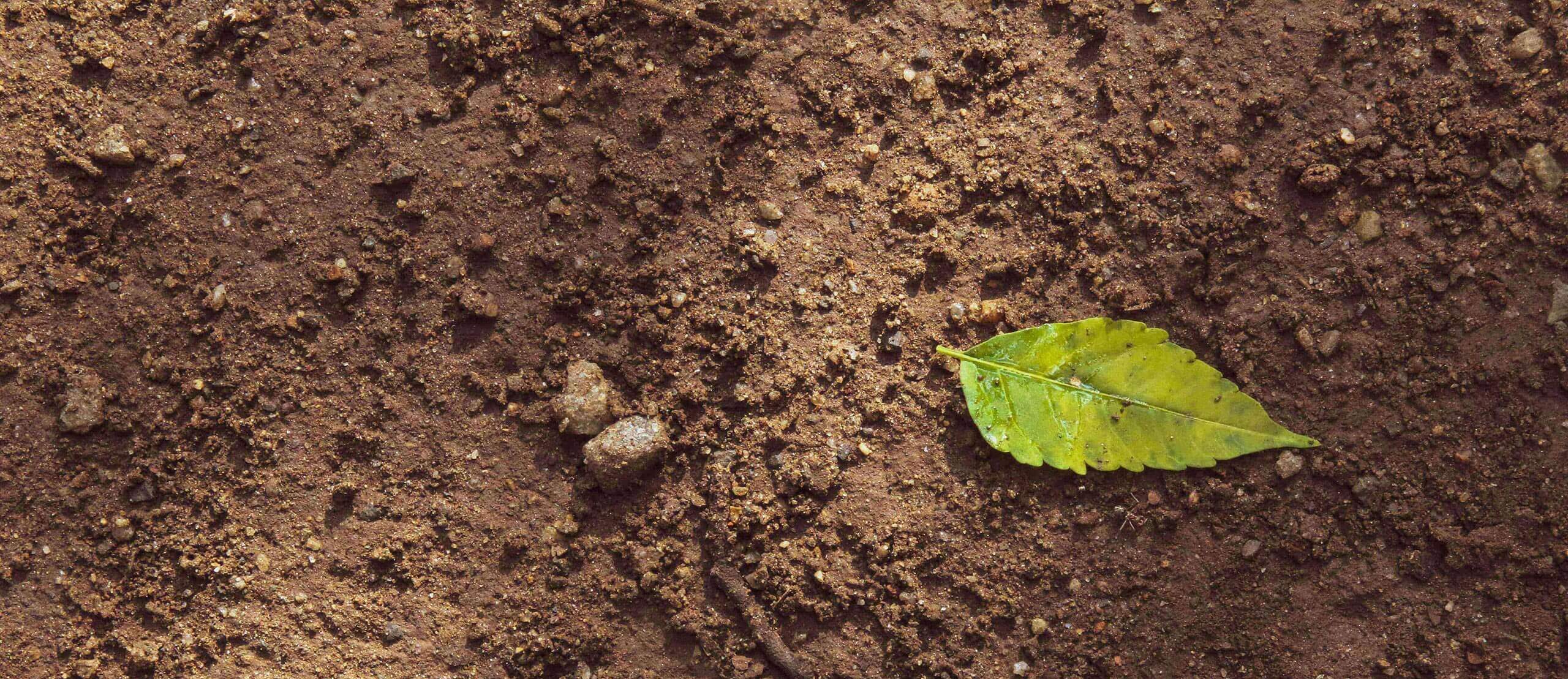
World Food Prize (2020) laureate, Professor Rattan Lal, shares his thoughts on how soil management can help address climate change and other environmental issues.
Soil degradation, the decline in soil’s capacity to generate ecosystem services and functions, is a serious global issue for the 21st century and affects one-third of Earth’s land area. It leads to a decline in soil health with ramifications for environmental quality and adverse effects on human health and wellbeing, as outlined by Sir Albert Howard – the father of modern organic agriculture – in his One Health concept, which states that “the health of soils, plants, animals, and people is one and indivisible”.
Soil degradation is also a major factor keeping several Sustainable Development Goals (SDGs) off track for achievement by 2030. So how can we employ the principles and practices of sustainable soil management to
minimize risks of soil degradation, sustain agronomic productivity, and enhance food’s nutritional quality?
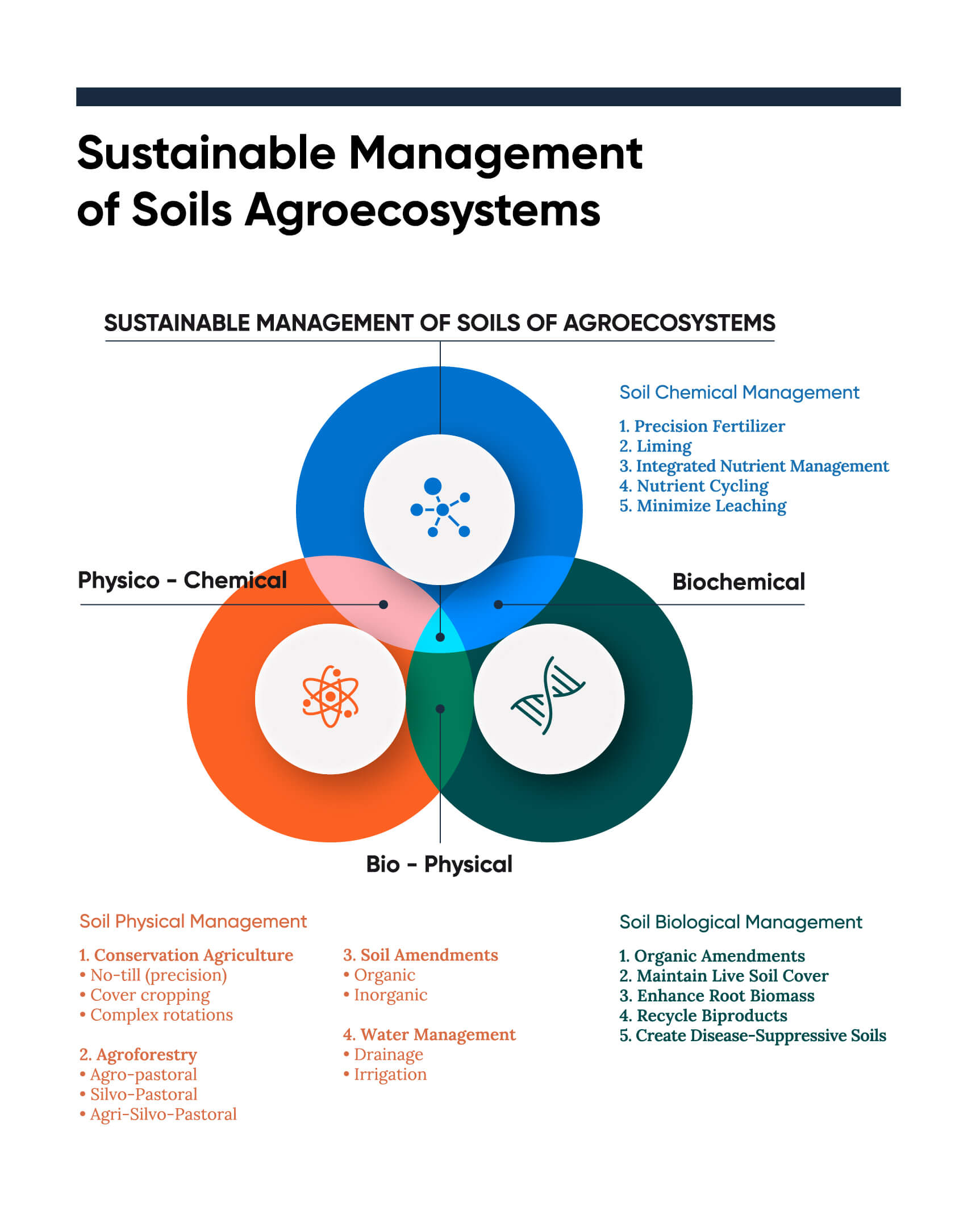
Practices of sustainable management of soils of agroecosystems involve regenerative agriculture which restore soil health and improve the environment.
Sustainable soil management refers to the use of site-specific agronomic practices that enhance and maintain soil health, while also strengthening and maintaining essential ecosystem services and functions for human wellbeing and nature conservation.
The UN’s Food and Agriculture Organization (FAO) issued voluntary guidelines with 10 criteria for sustainable soil management. However, in the context of the global issues of the 21st century, we should add measures to enhance and sustain agronomic productivity; improve the nutritional quality and safety of food produced; strengthen adaptation to and mitigation of anthropogenic climate change; and lastly, keep the SDGs on target for 2030.
Among the important principles of sustainable soil management are optimizing soil’s physical, chemical, and biological properties and processes to improve plant nutrition, as well as enhancing the activity and species diversity of the soil biota.
For soil’s physical properties and processes, the strategy is to conserve soil and water; enhance soil aggregation and stability; moderate soil temperature; increase plant-available water storage in the root zone; and improve aeration and gaseous exchange.
The focus on chemical properties and processes entails managing soil reactions; enhancing cation and anion exchange capacity; strengthening nutrient cycling and availability; and minimizing the leaching of bases.
And when it comes to soil biodiversity, the strategy is to:
- enhance and maintain soil organic matter (SOM) content
- increase microbial biomass carbon content
- sustain live biomass in the root zone
- minimize emissions of CH4 and N2O
- create a positive soil/ecosystem carbon budget
Fundamentally, the basic approach for sustainable soil management is to follow Sir Albert Howard’s Law of Return, which states that ‘everything must continue as part of a system. Everything must be returned. There is no “away” in which to throw our trash.’ Being a living entity, the ‘rights’ of the soil must be respected, and land resources spared for nature.
An important principle is to create disease-suppressive soils that can suppress plant pathogens.
There is no one-size-fits-all practice because of the large variation in soil, weather and terrain, as well as socio-economic, cultural and other factors related to the human dimensions of farming."
Examples of these practices are outlined under the umbrella of regenerative agriculture based on the principles of agroecology. In my research, I’ve described how agronomic practices for sustainable management of soil’s physical
properties, such as system-based conservation agriculture; the integration of crops with trees and livestock in regenerative agriculture; and managing SOM content are also critical to enhancing crop yield and productivity.
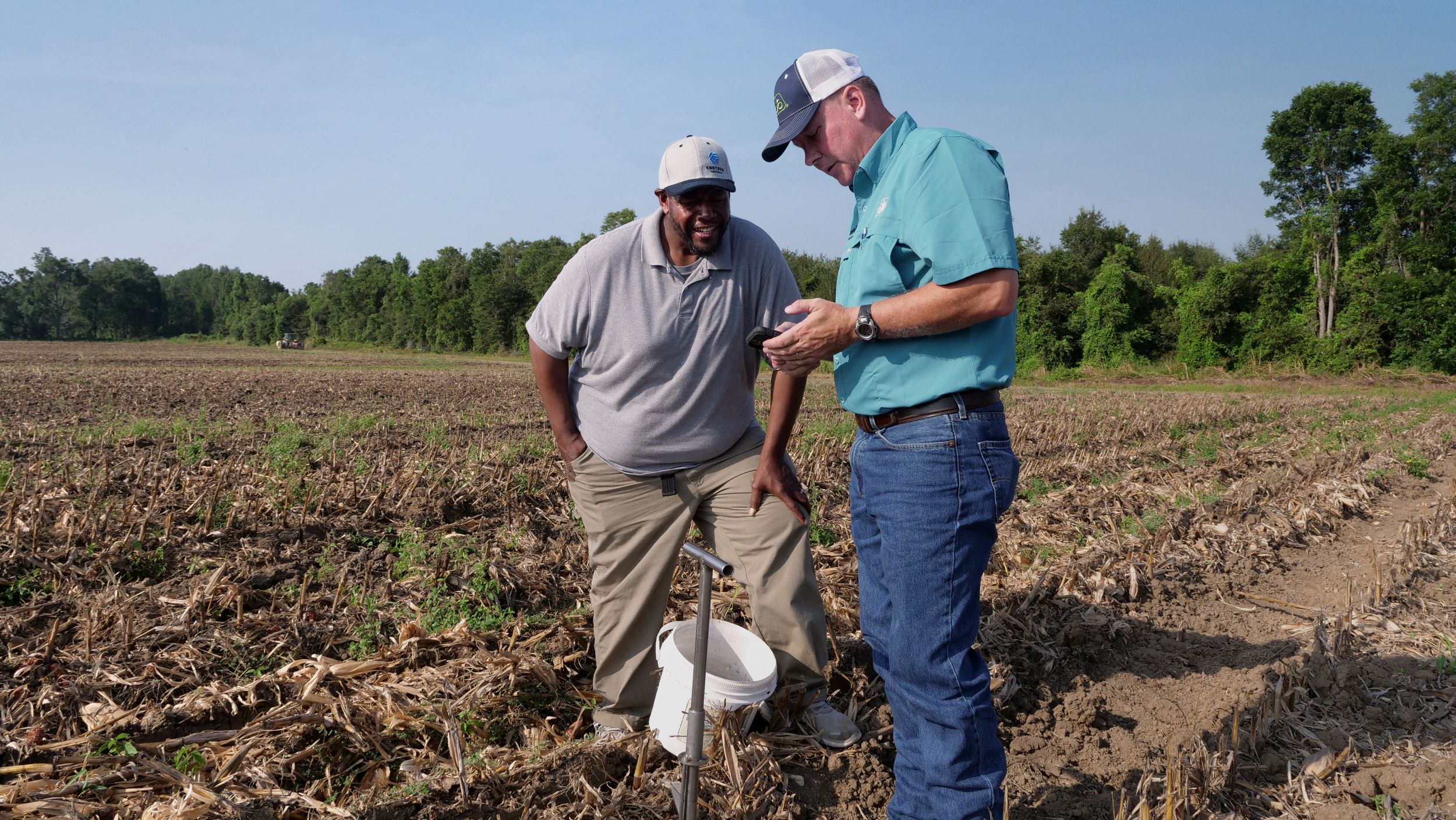
Management of soil fertility and chemical properties involves precision and digital agricultural practices, including the use of fertilizer and lime, and integrated nutrient and pest management.
Soil’s biological management involves increasing SOM content by mulching, cover cropping and recycling organic by-products, with the overall goal of enhancing the activity and species diversity of soil organisms.
Sustainable soil management practices are specifically designed to enhance soil health, improve the use-efficiency of inputs, recycle by-products, and produce nutrient-dense and safe food.
The overall goal is to save land, water and other resources for nature by producing more from less while improving the eco-efficiency of inputs and minimizing leakage into the environment.
In summary, the major principles for sustainable soil management are based on three major concepts – the Law of Return, the Rights of Soil, and the One Health concept – all of which restore soil health and improve the environment.
There is no doubt that the adoption of system-based conservation management practices can enhance and sustain agronomic production while also restoring soil health and improving the quality of the environment.


